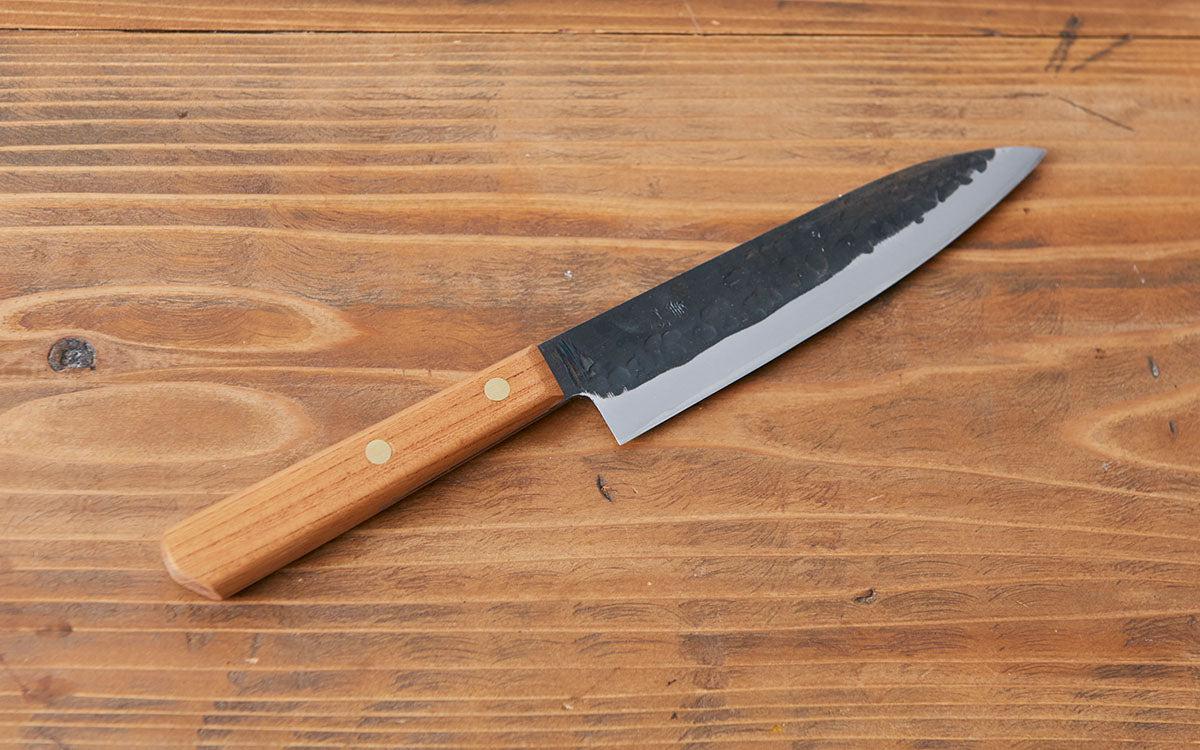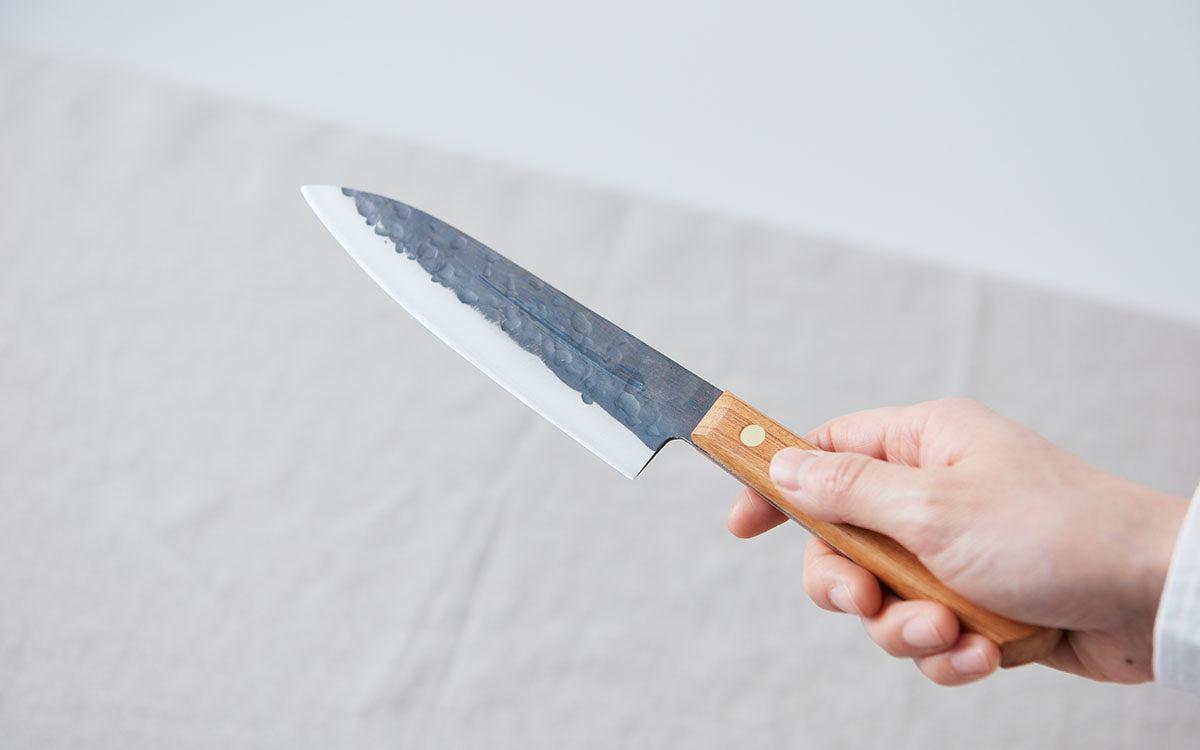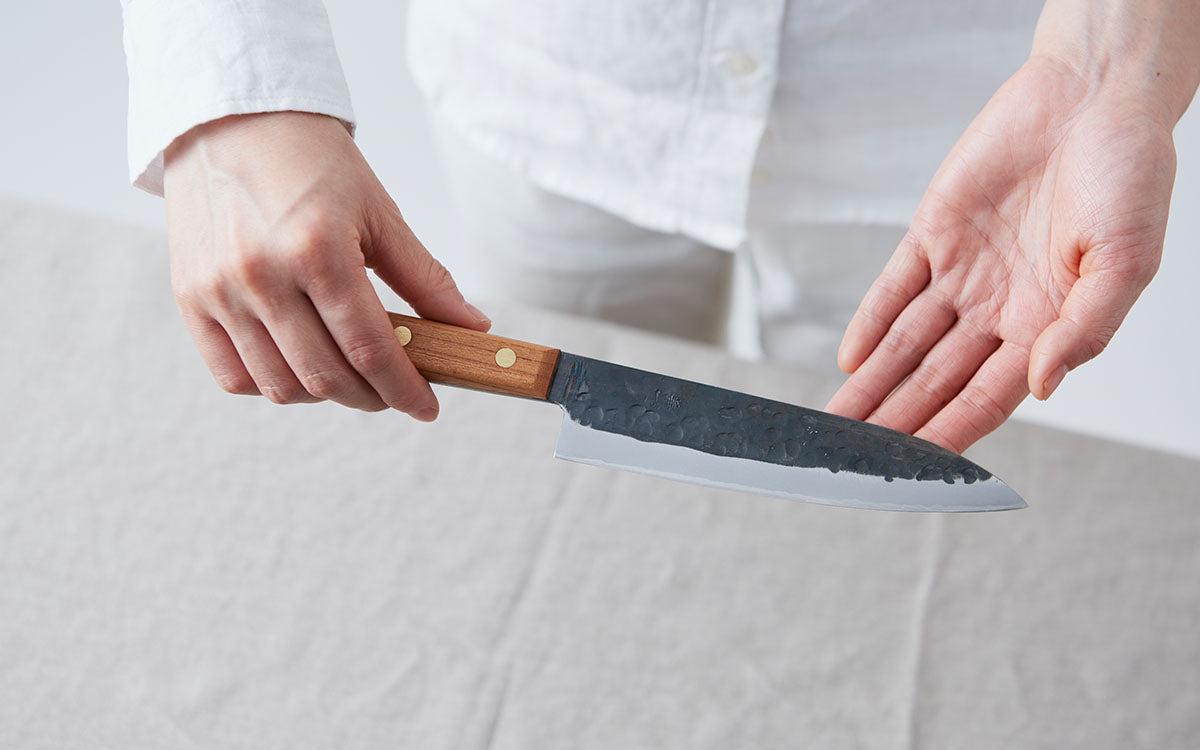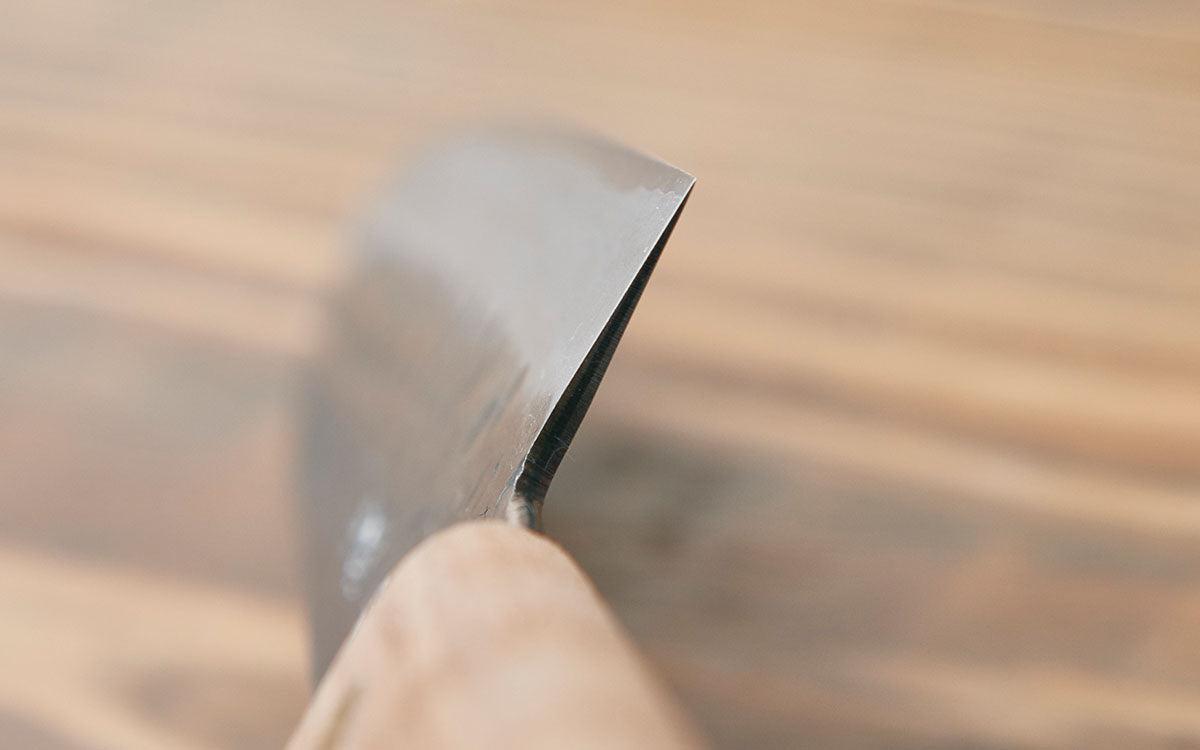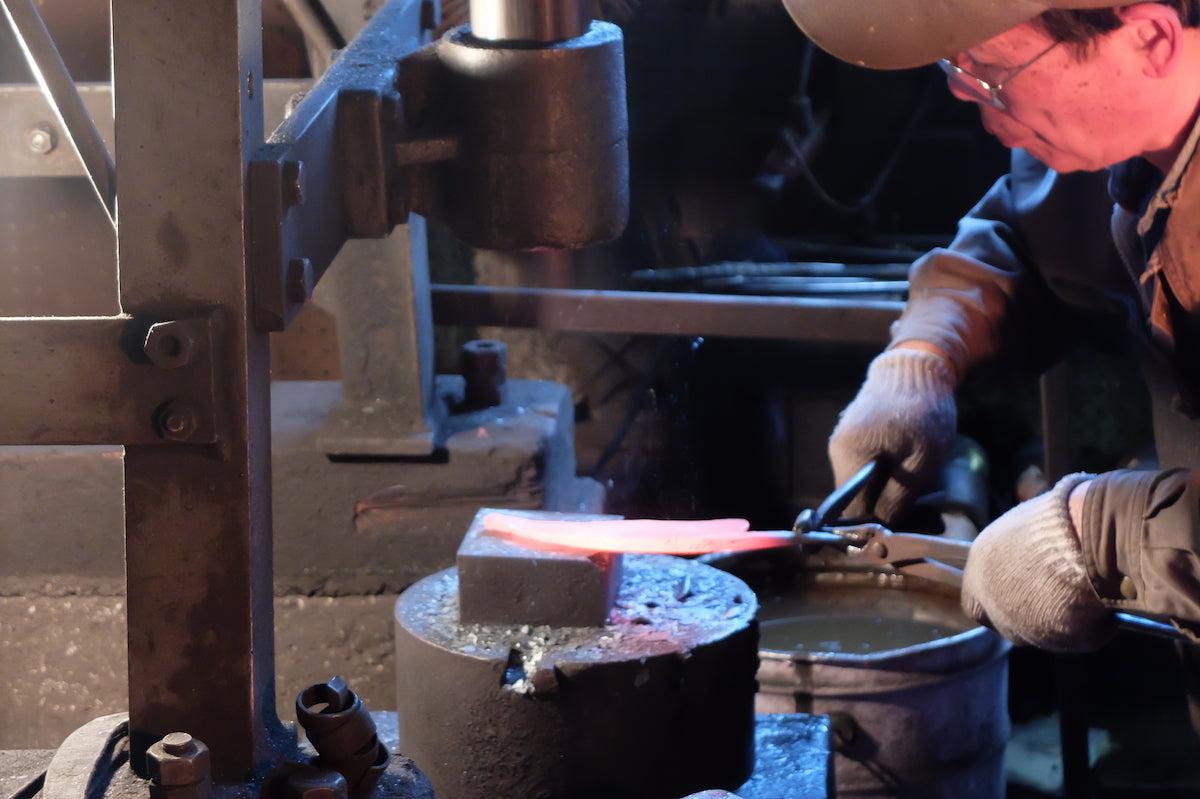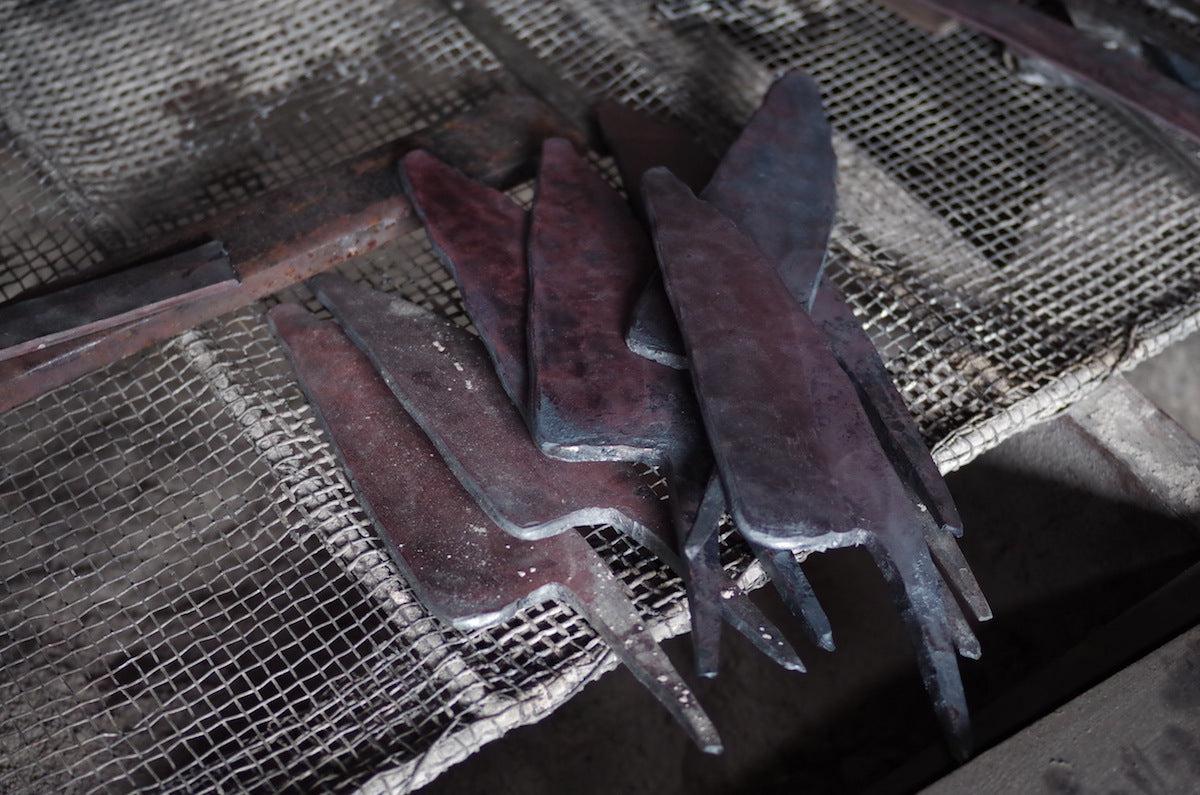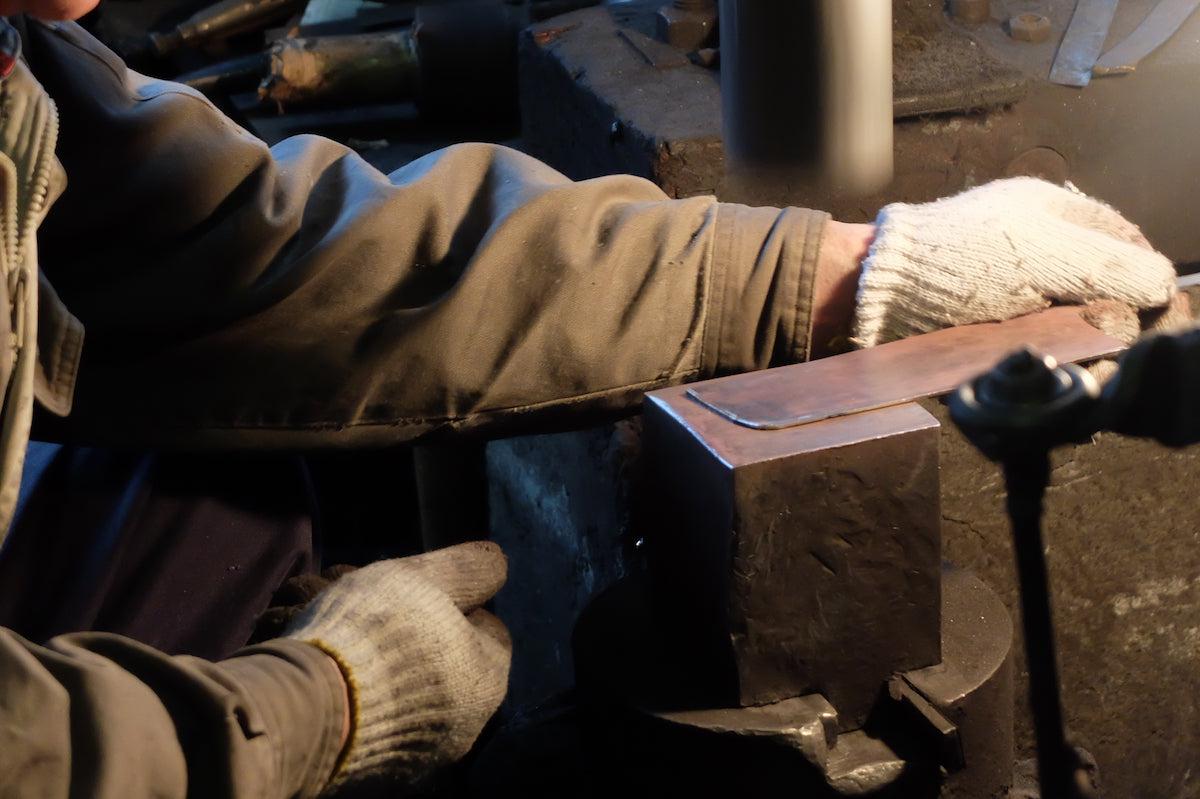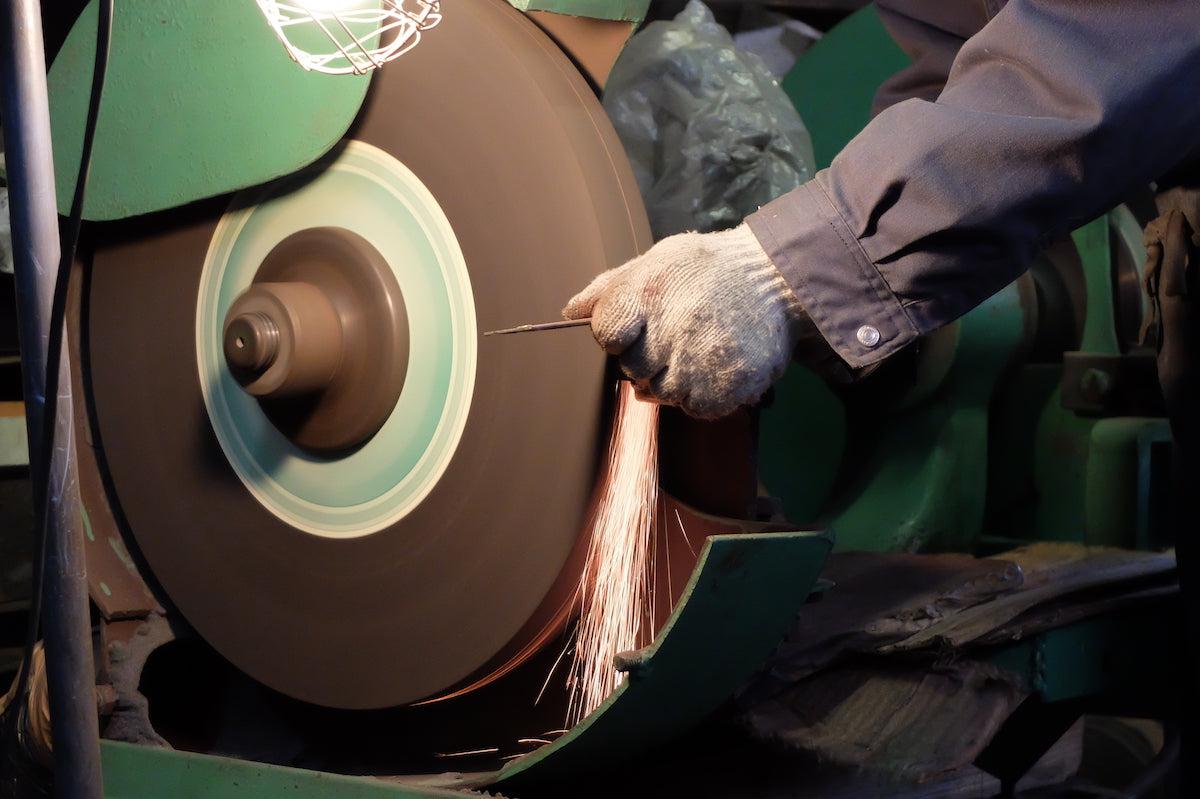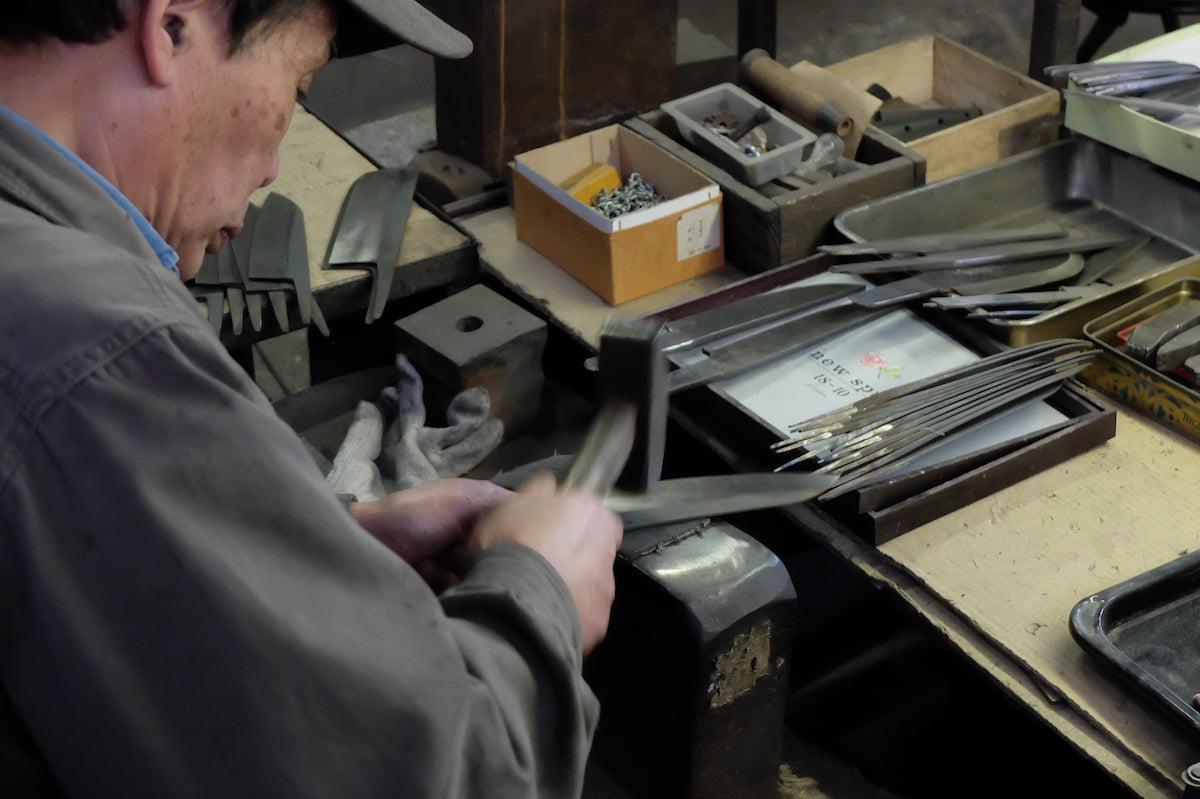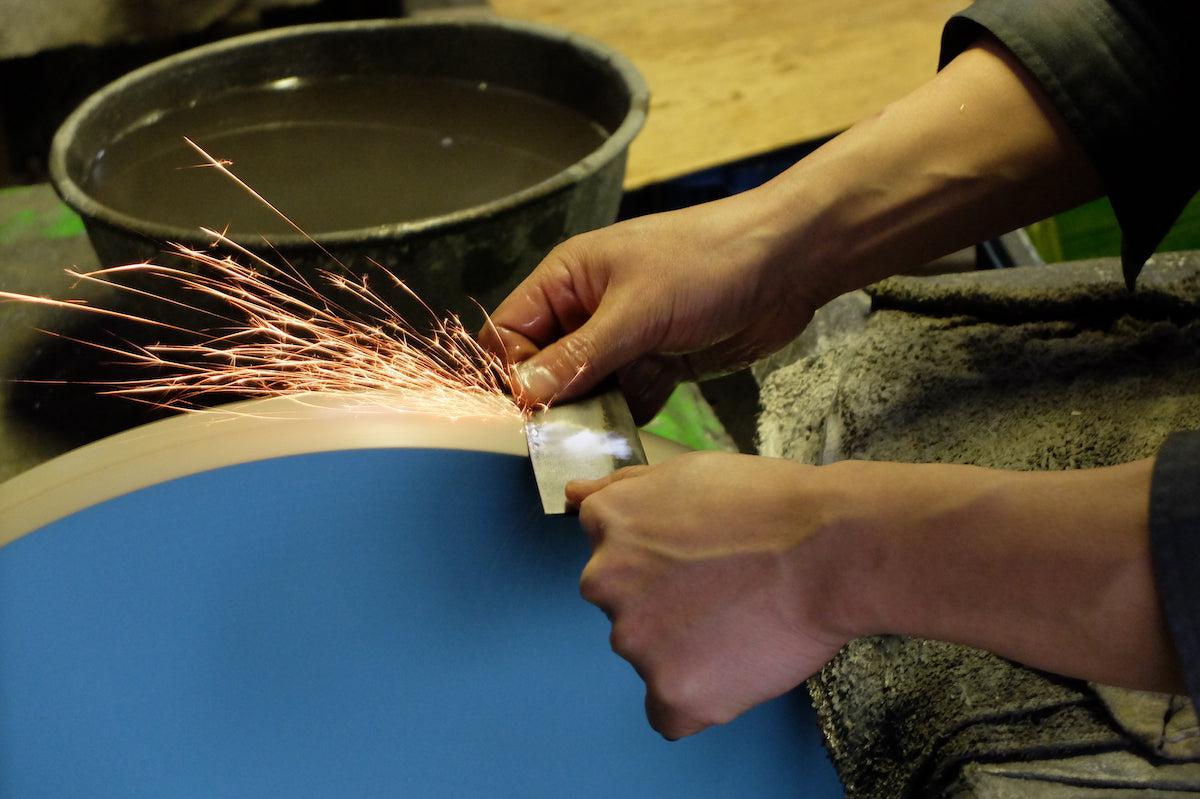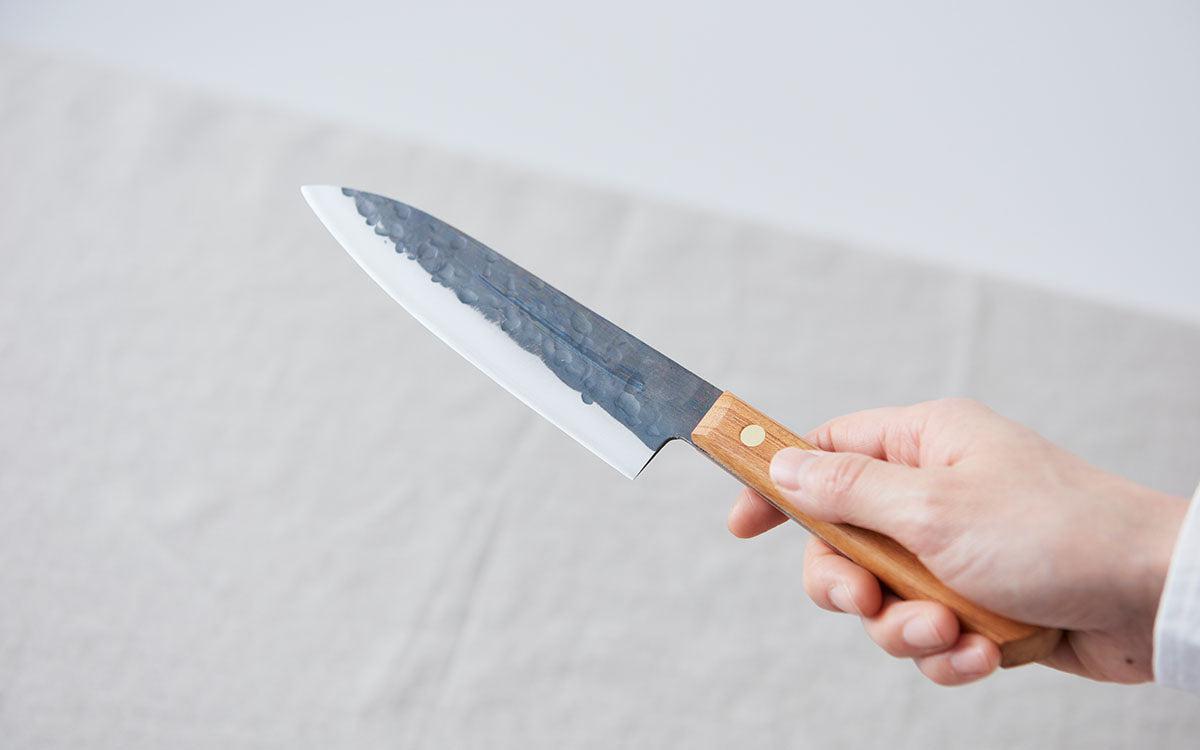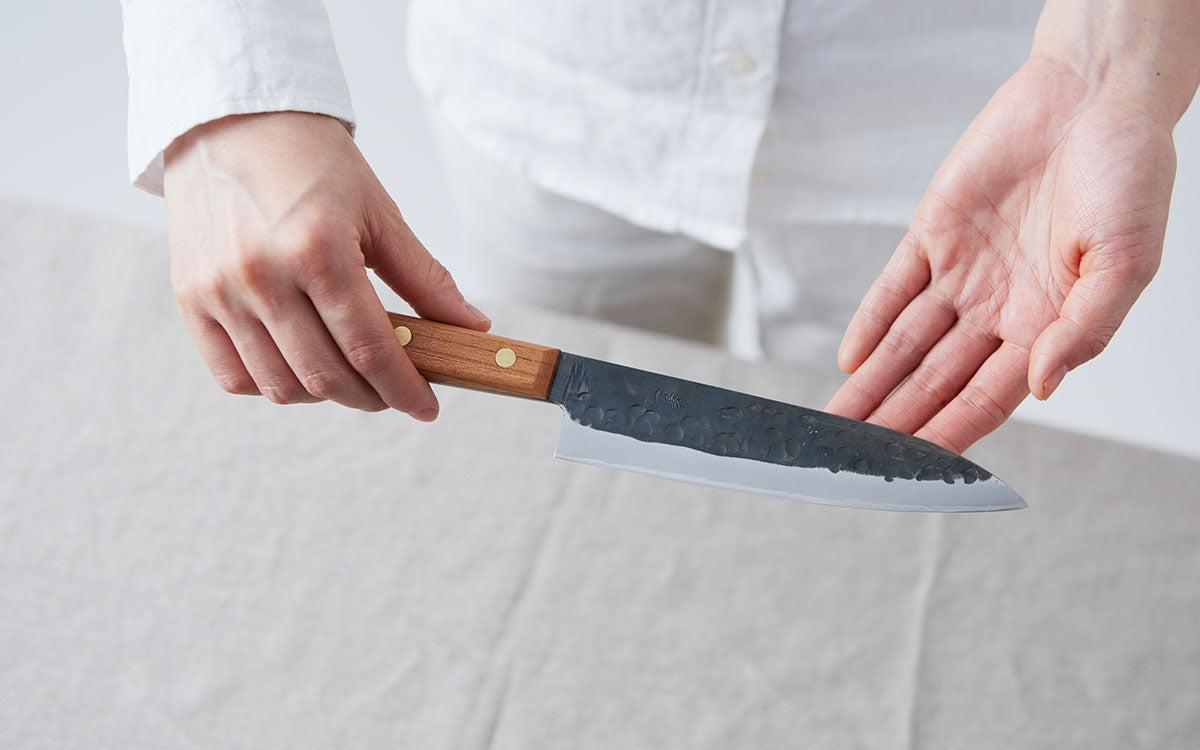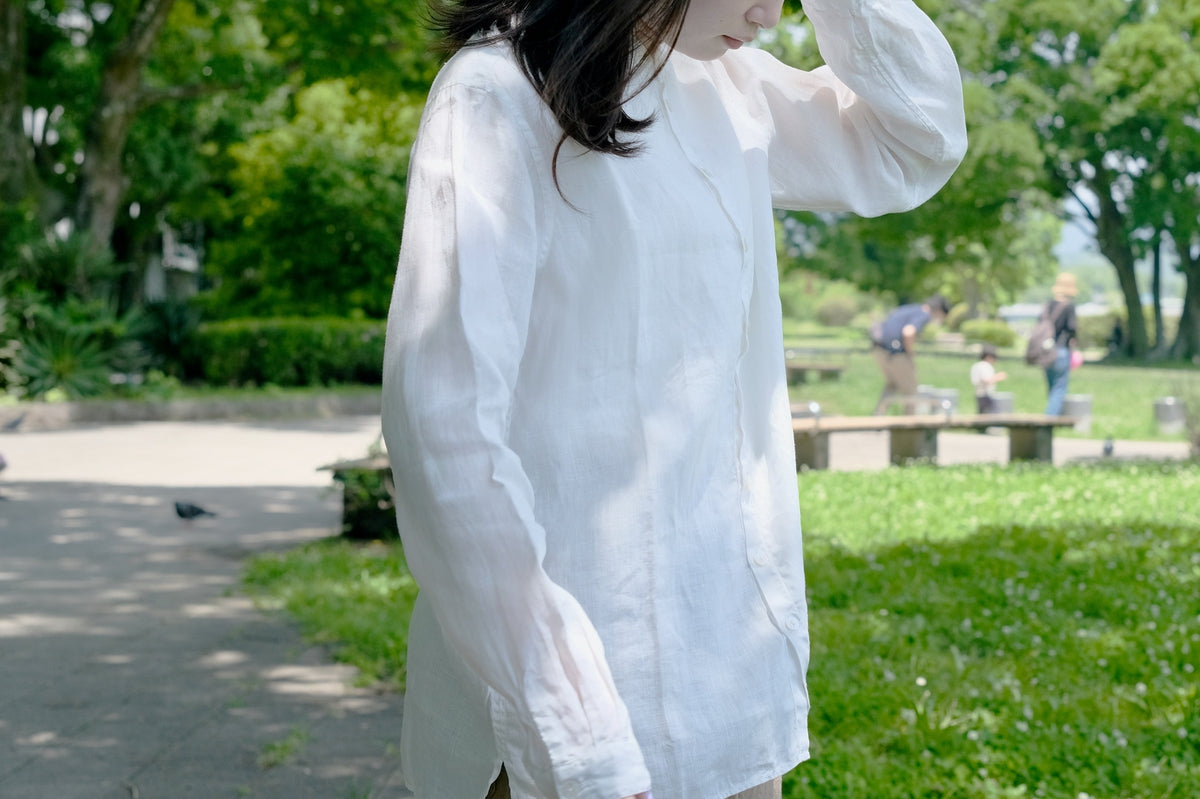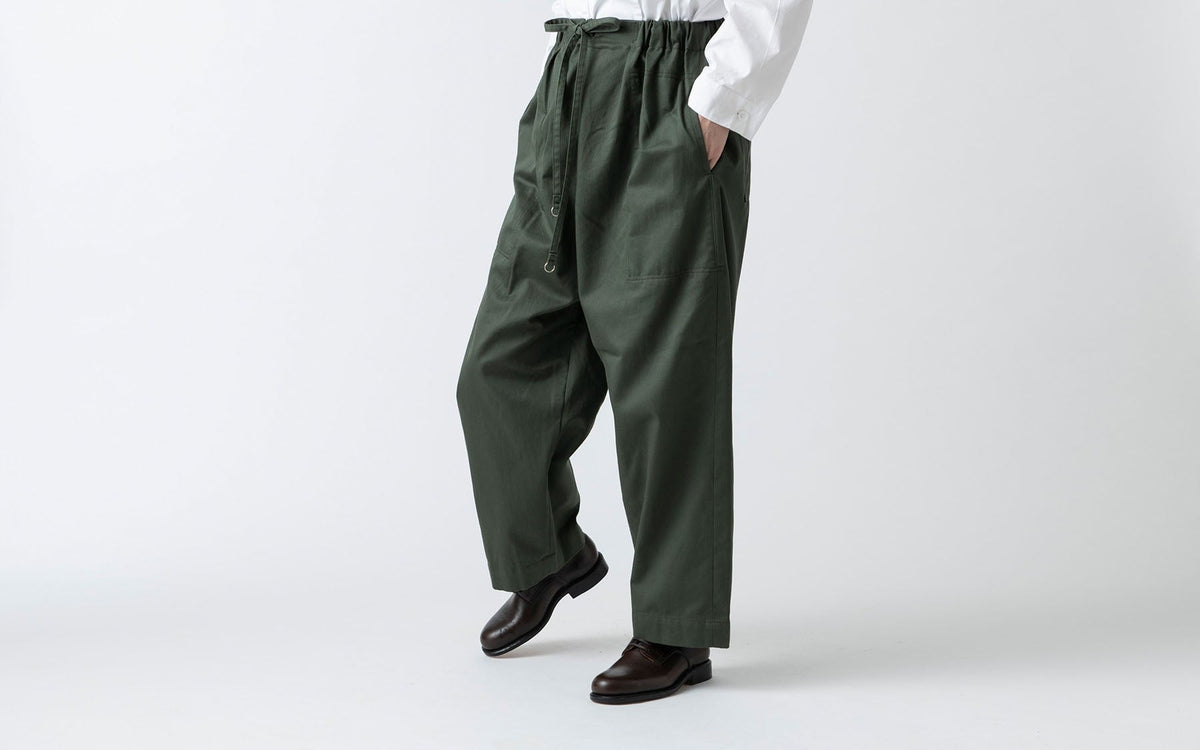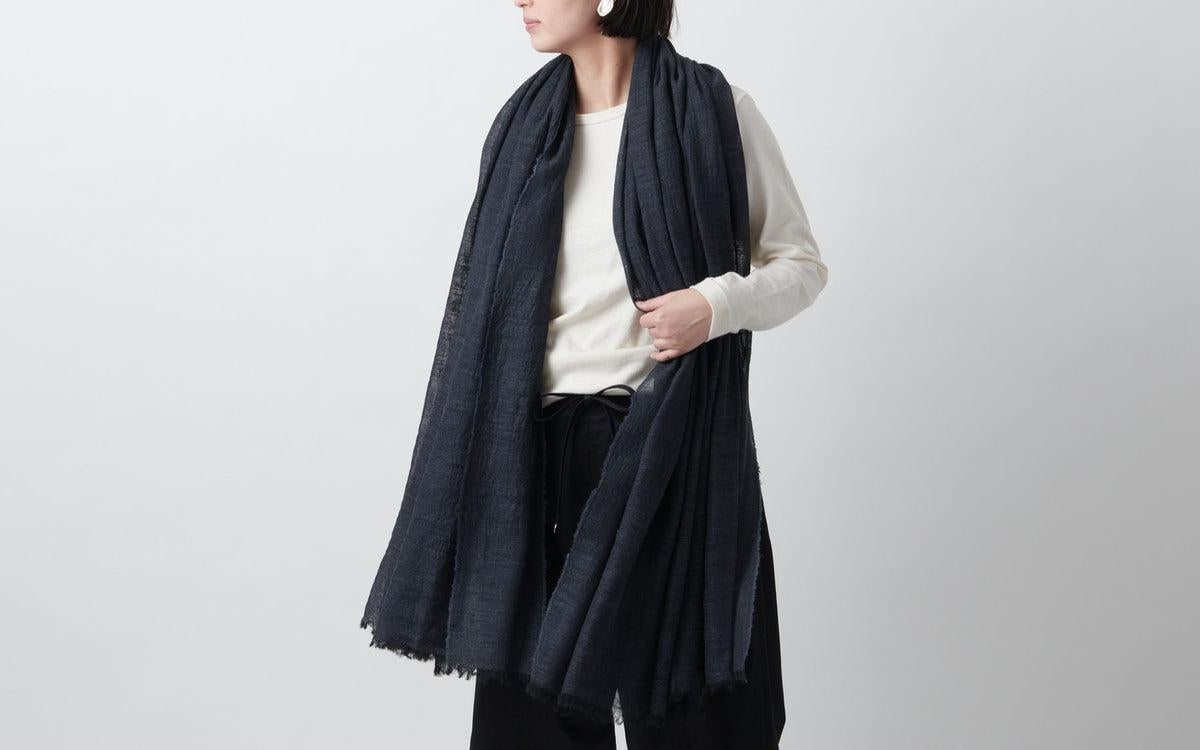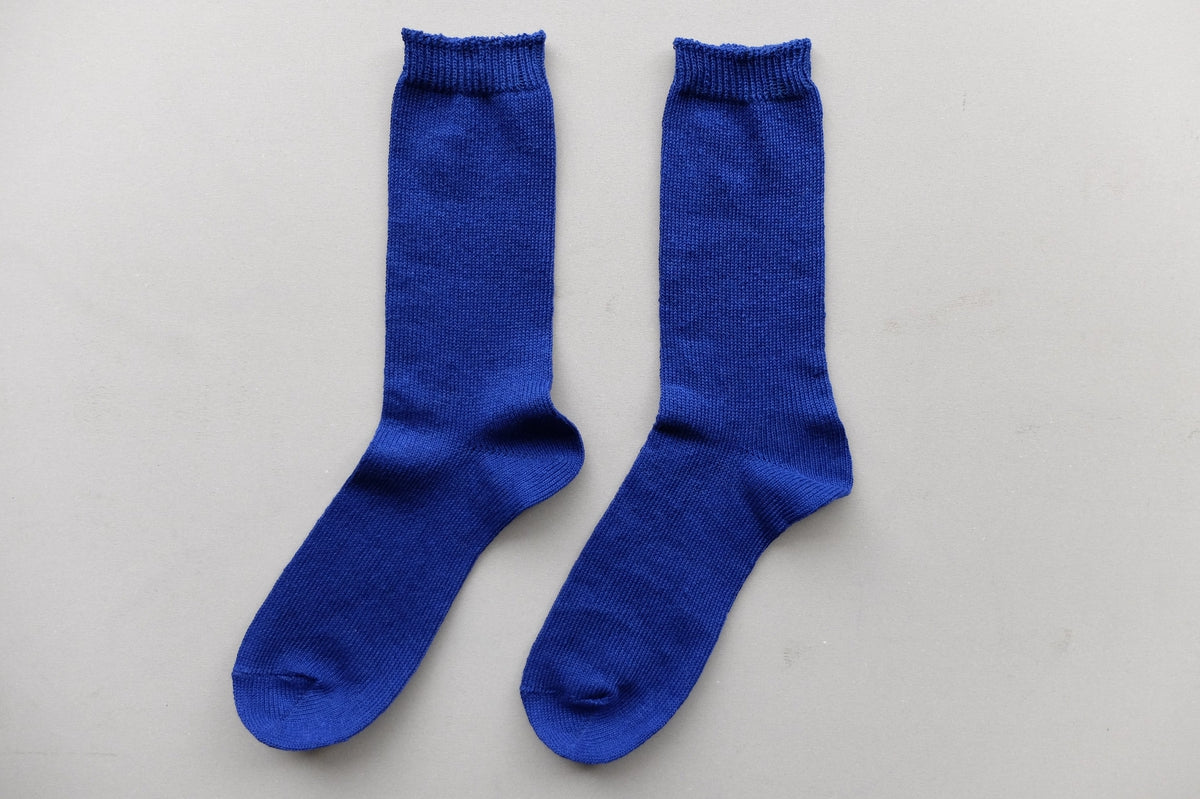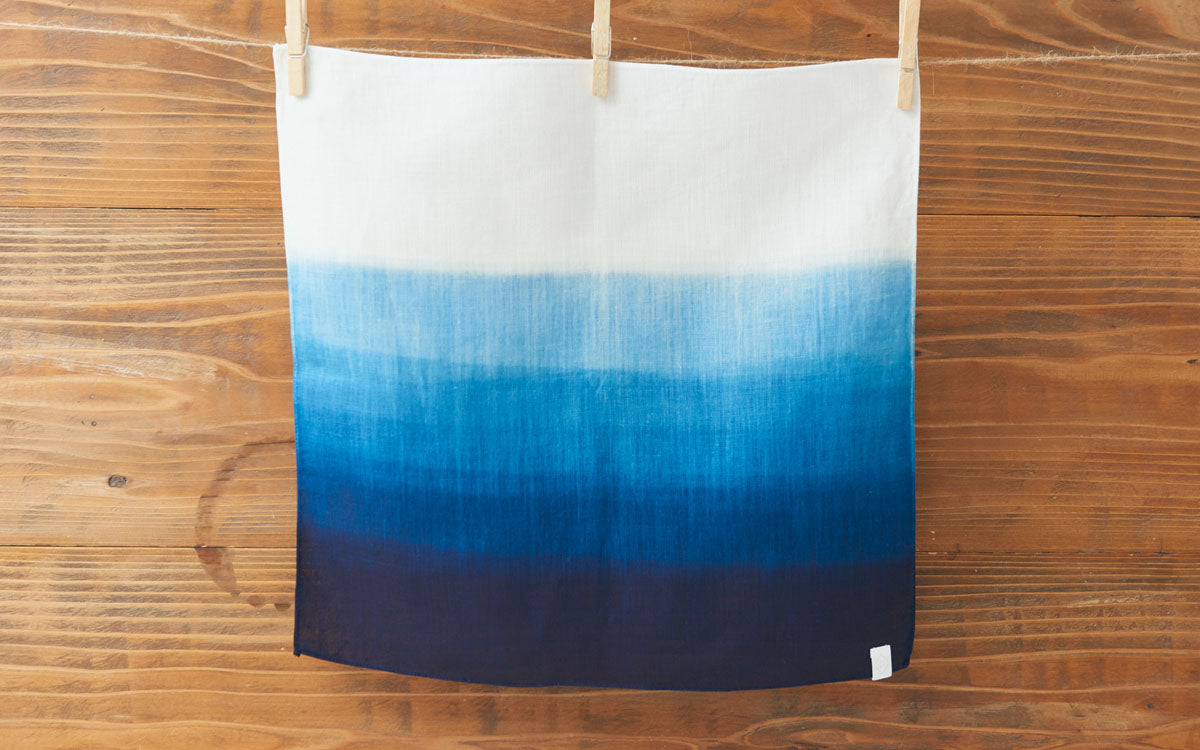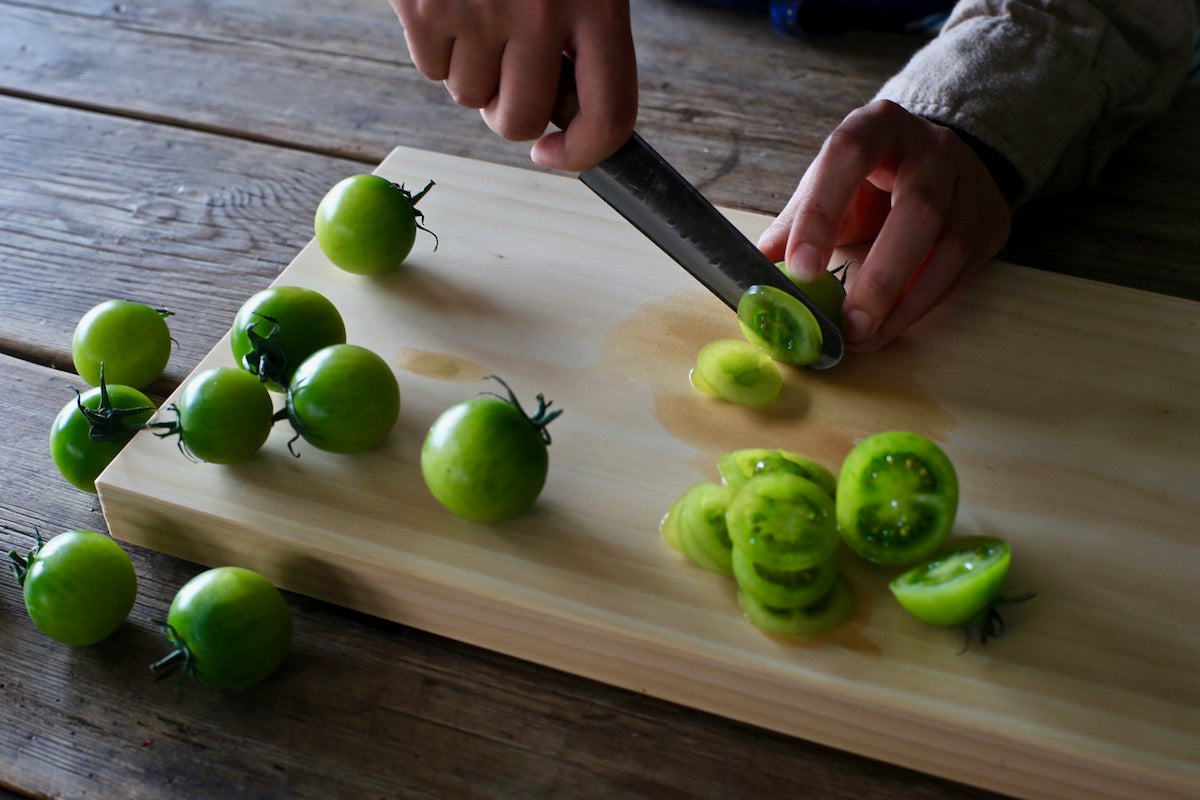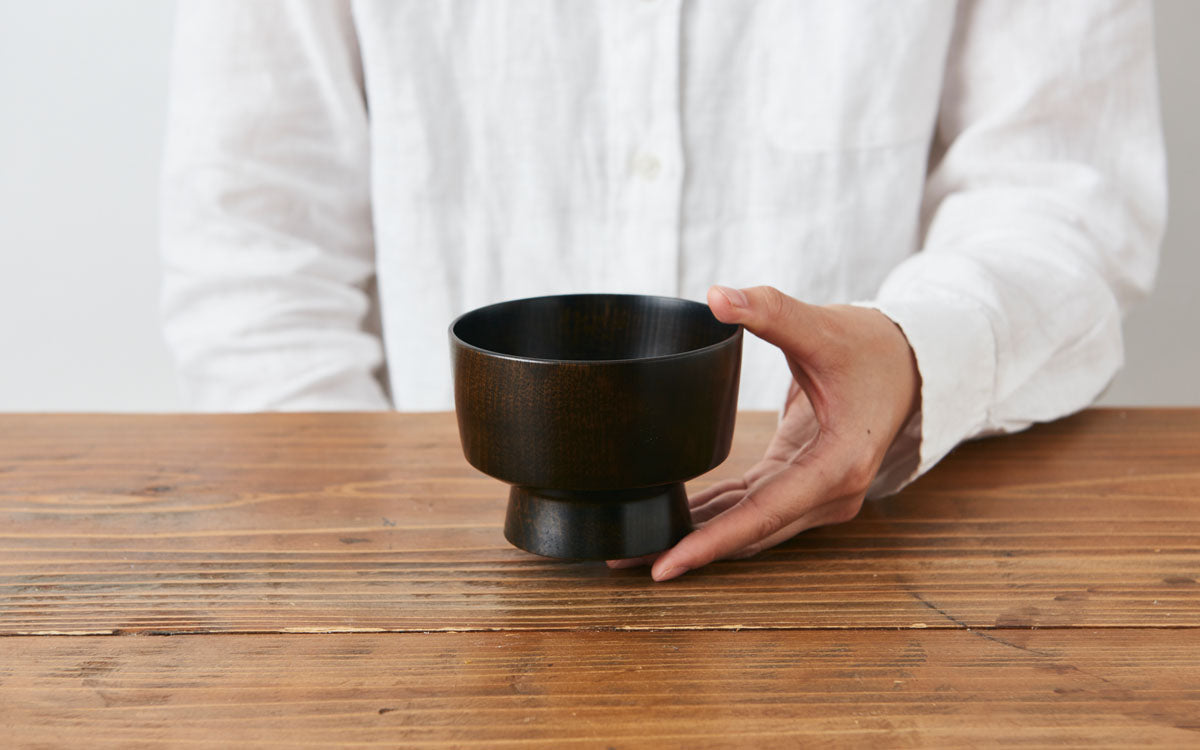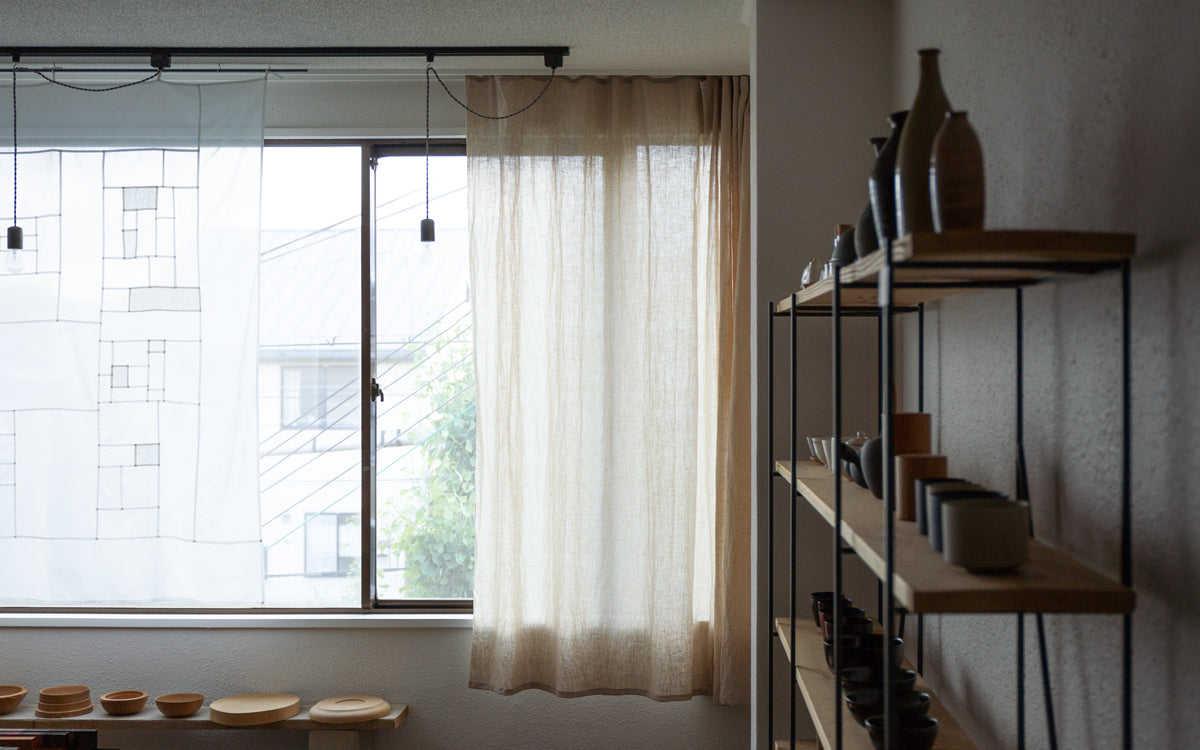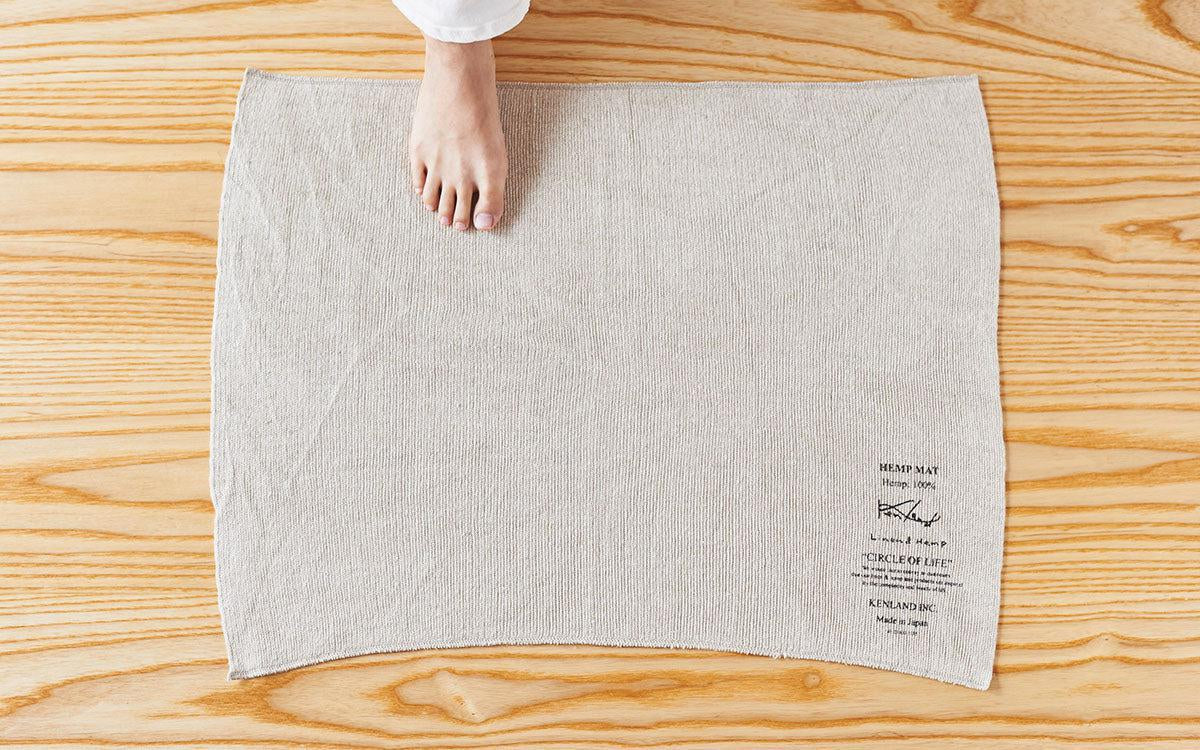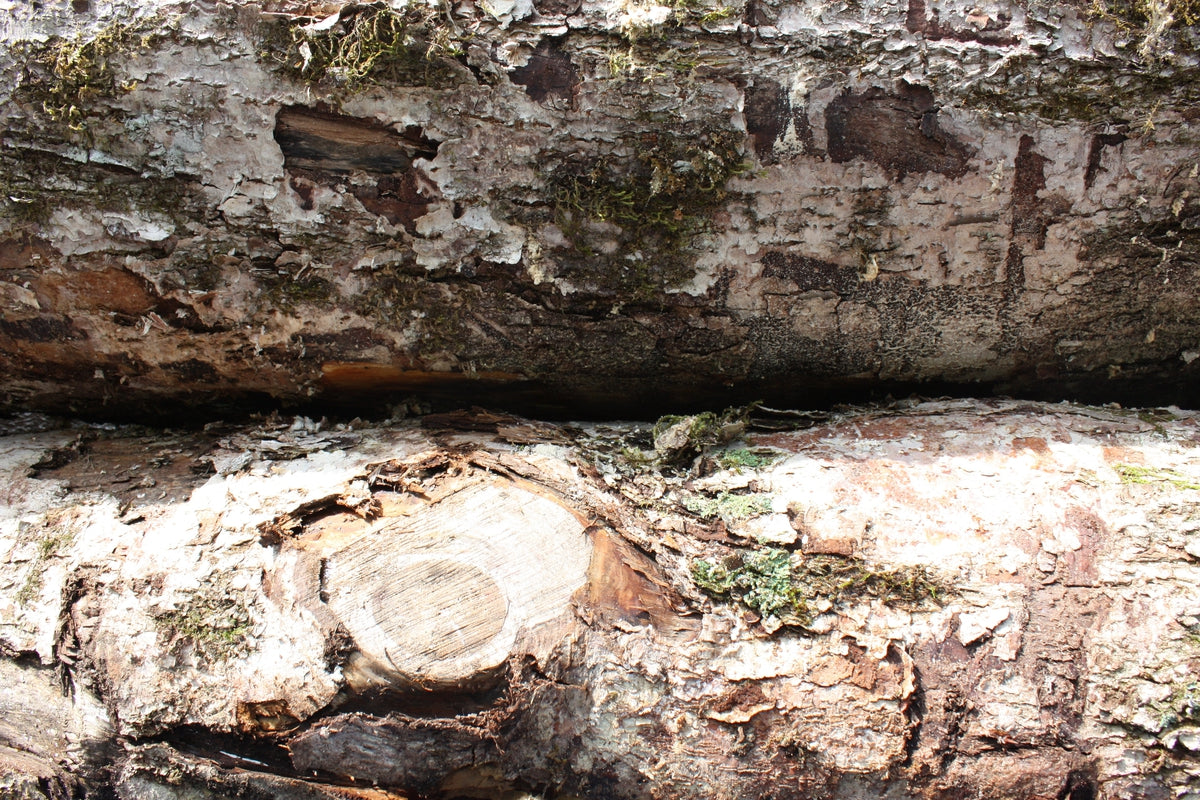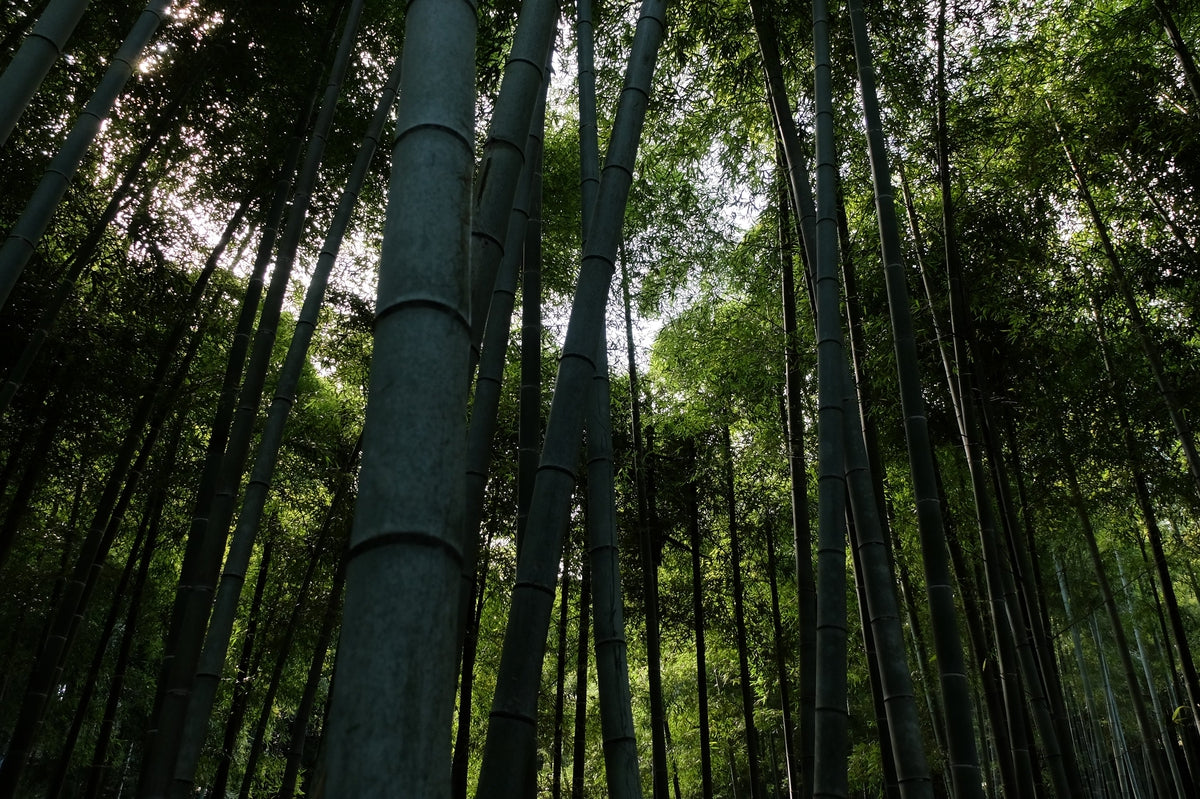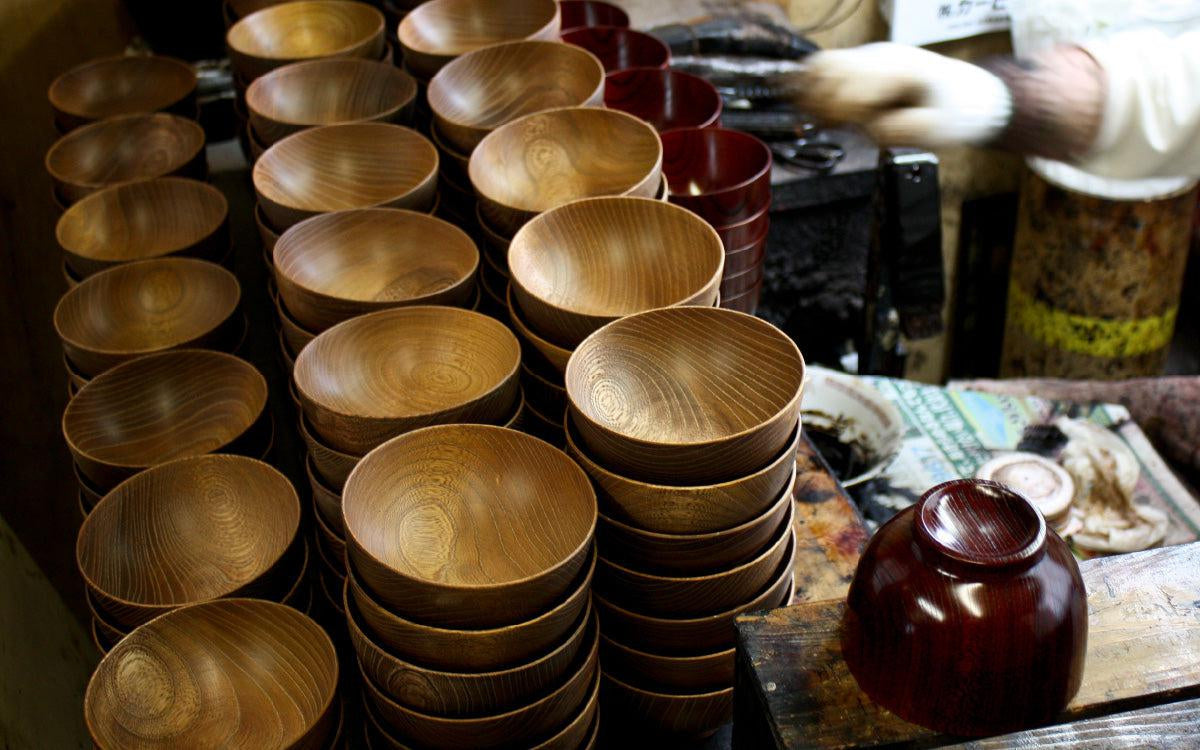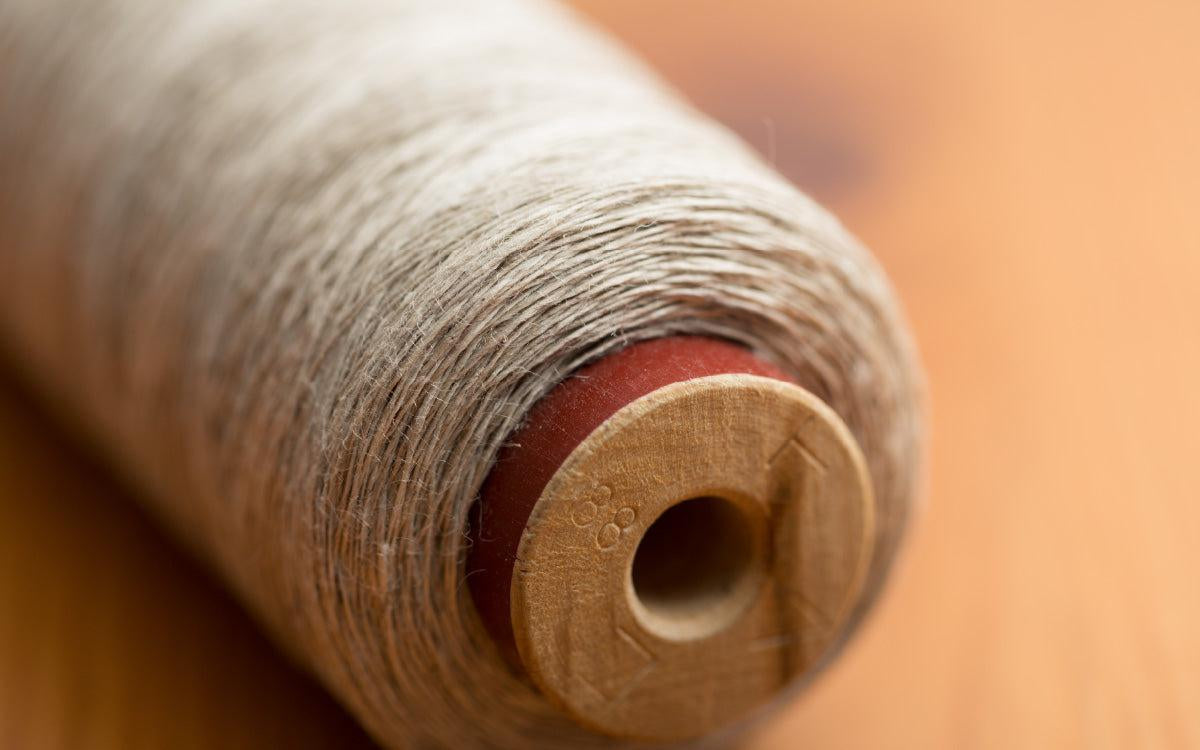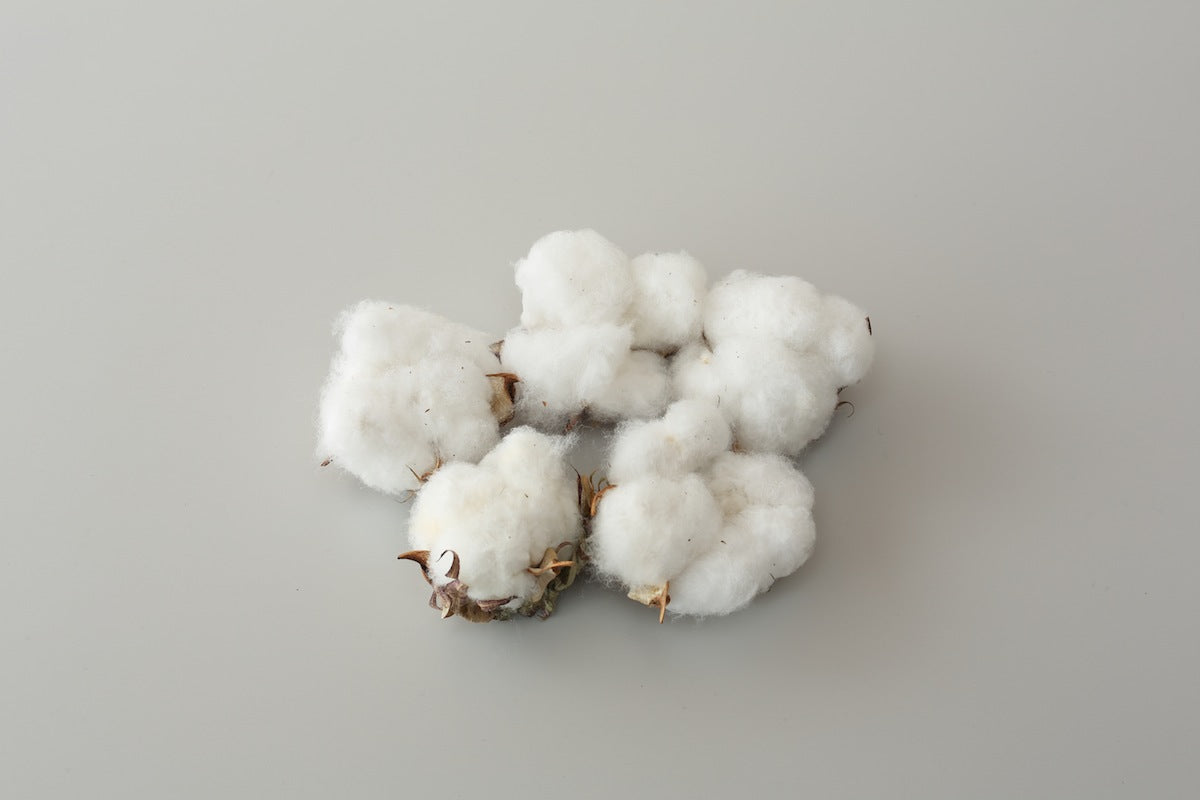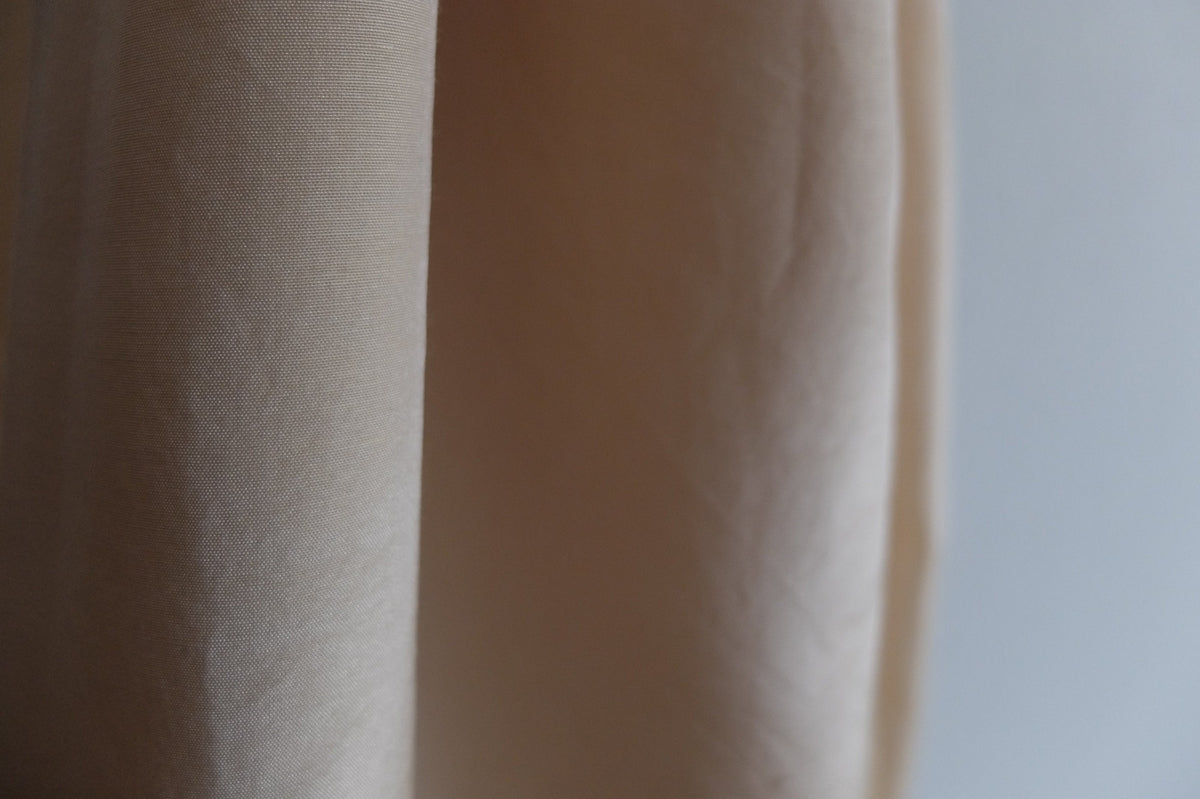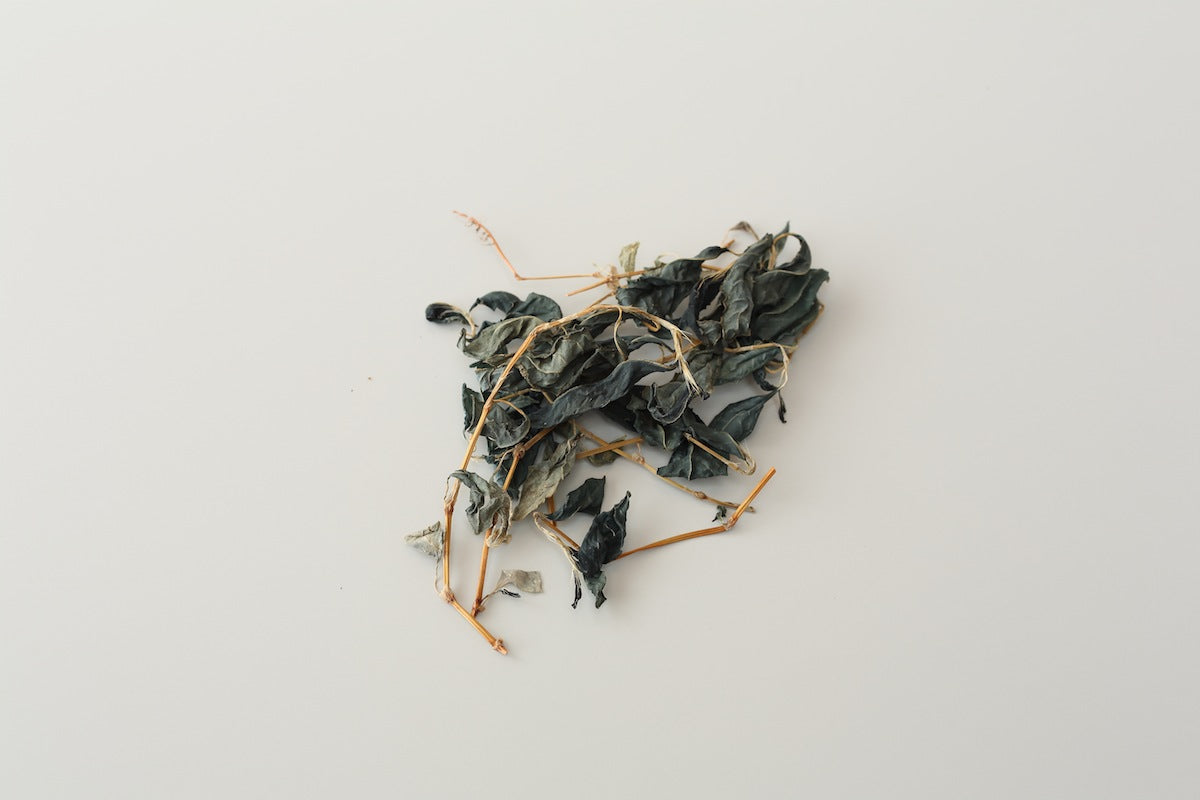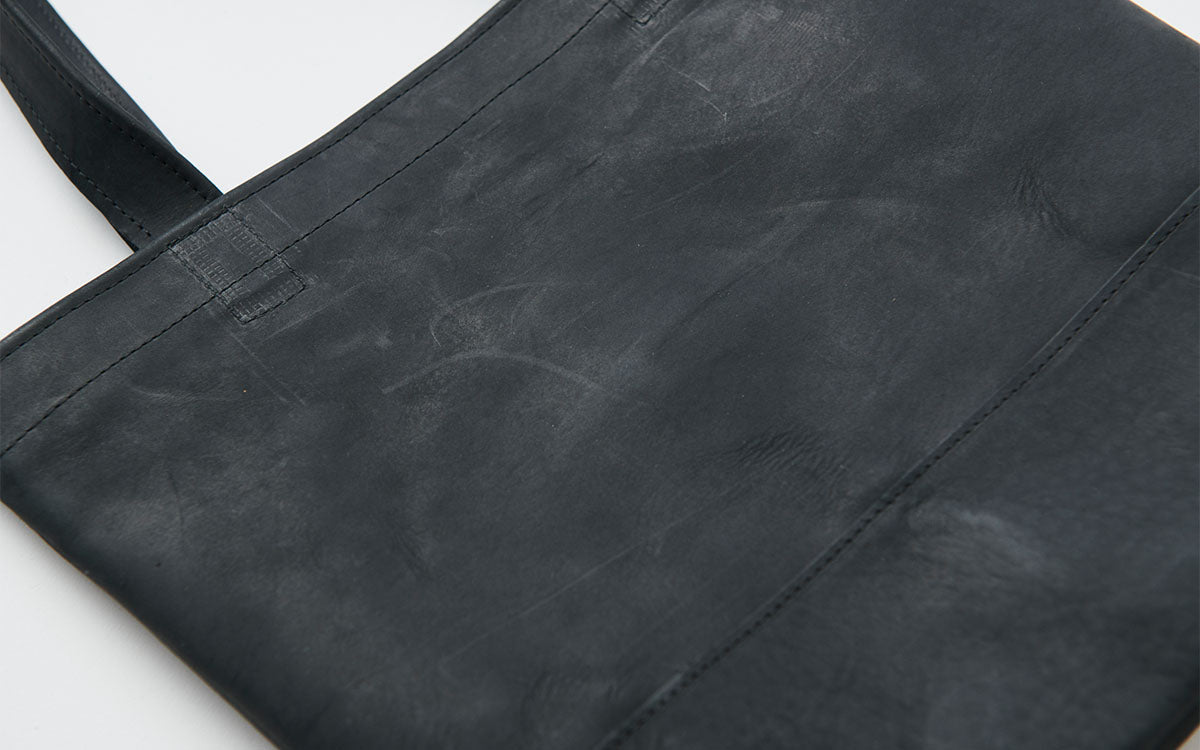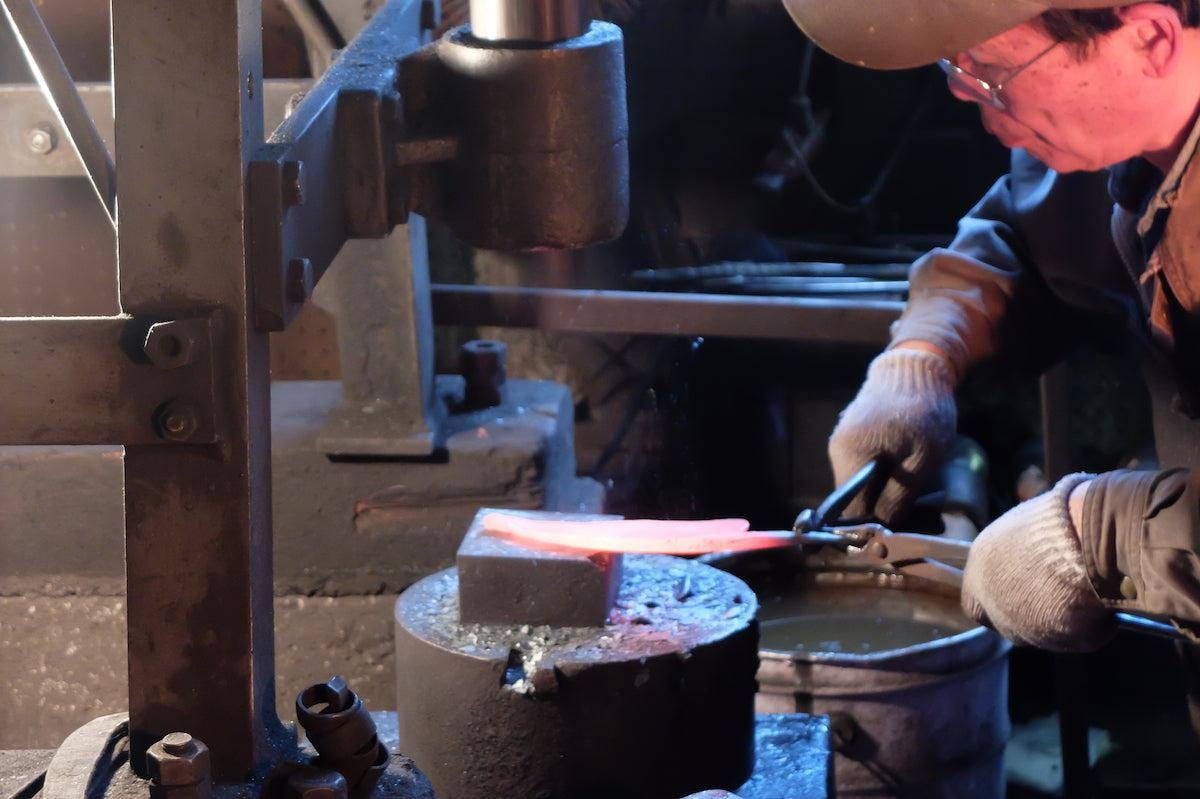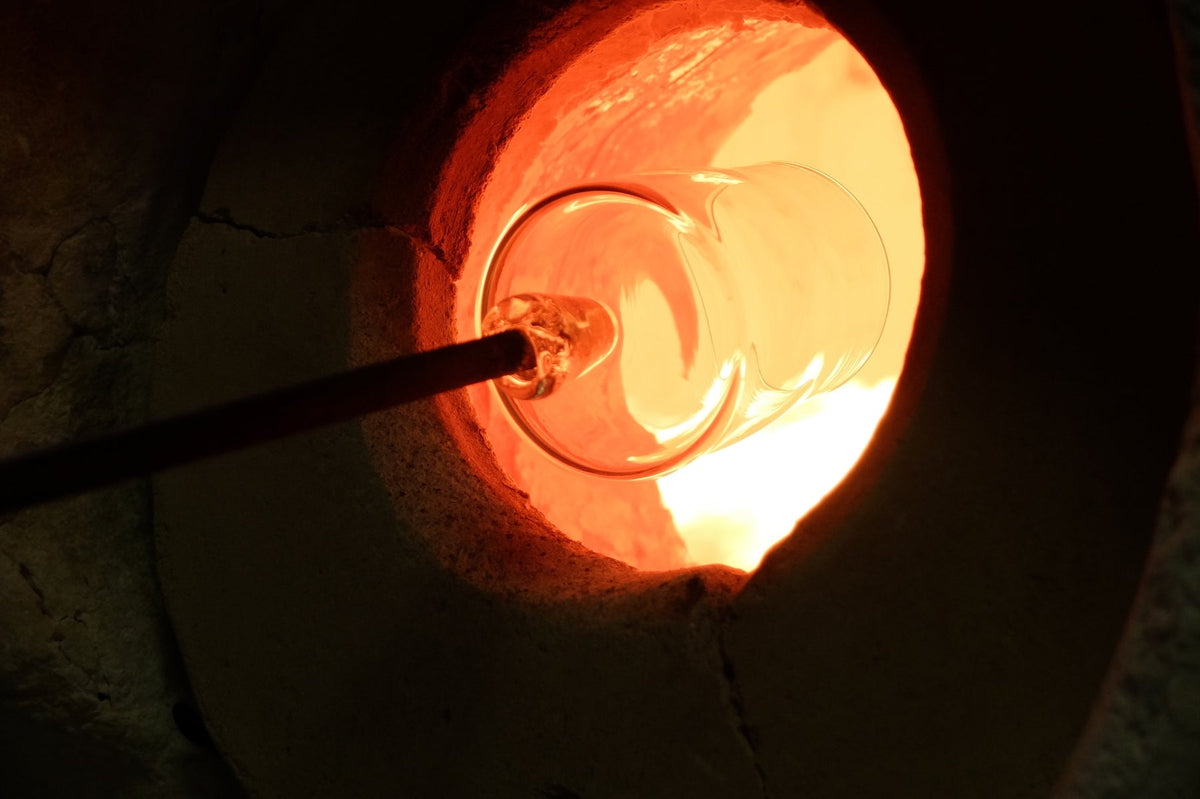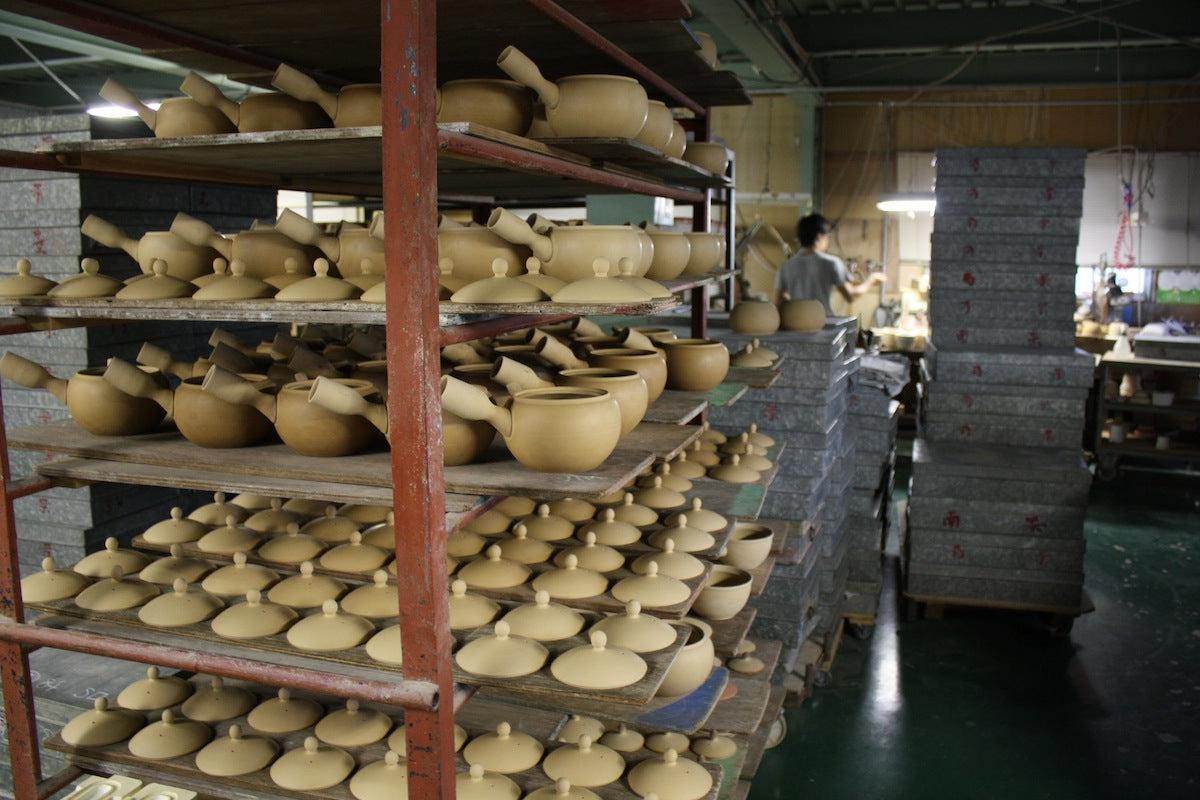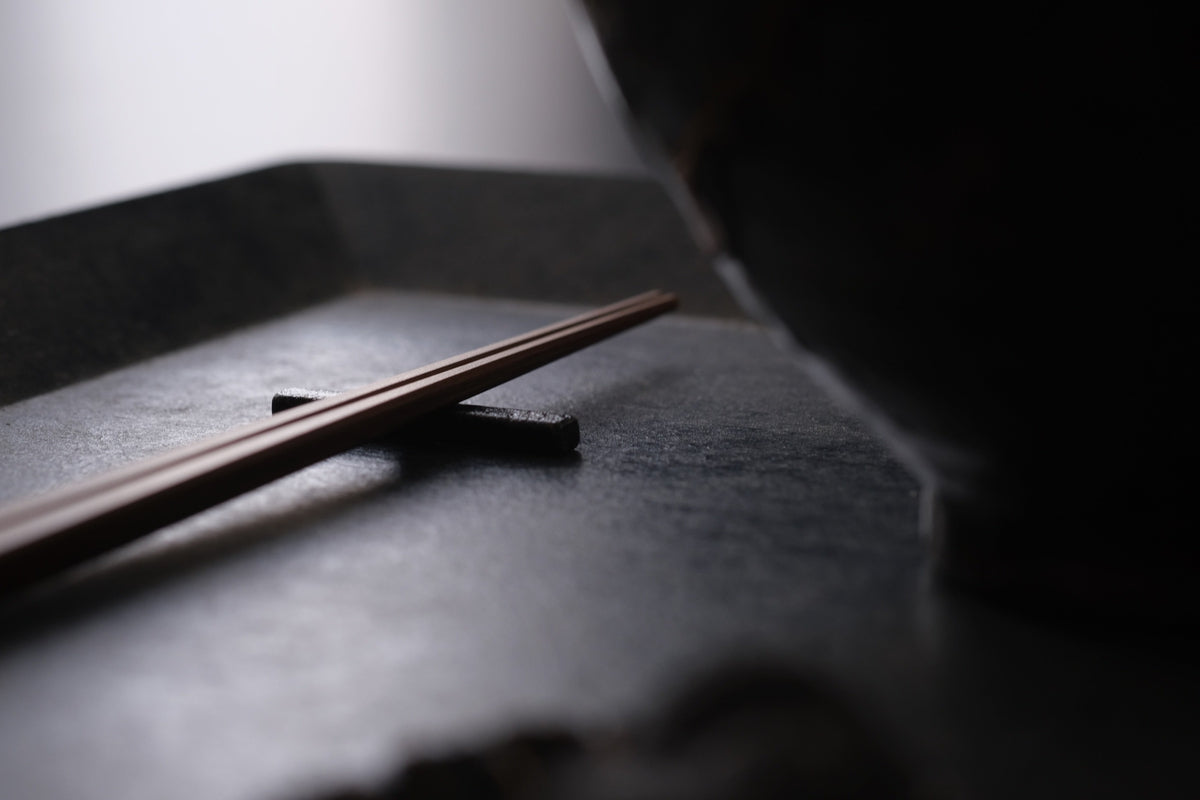Blacksmith's Gyuto
在庫数: 2
Couldn't load pickup availability
A chef's knife from the Yamagata knife series.
Originally, in Japan, where there was no opportunity to eat meat in general, Nakiri and Deba knives were mainly used. As meat-eating became more popular, Western-style kitchen knives such as beef knives and santoku knives (culture knives) spread.
Gyuto was originally used in Europe for cutting and cooking chunks of meat. The width of the blade is narrow, making it easy to insert the cutting edge, and it is also suitable for cutting difficult-to-cut things such as meat tendons.
The santoku knife, which can be used for meat, fish, and vegetables, is based on a beef knife and has a wider blade that makes it easier to cut vegetables and fish.
However, the size, width, and shape of the blade vary depending on the specifications and design of the knife, so there is no strict distinction between them, so please consider this as a rough guideline. When you think of a knife for meat, you might think of it as a specialized knife, and it may seem like a bit of a hurdle. I made it with the image of a kitchen knife.
Therefore, the recommended way to use it as a PINT is to use the Gyuto as the main knife like a Santoku knife. The slightly smaller, narrower blades are well suited for small kitchen spaces in Japan. Also, at the Japanese dining table today, we eat meat, and I think there are many opportunities to buy large vegetables that have been cut. It fits comfortably in your hand and is easy to move, so it is recommended as a main knife for those who do not want to cut whole vegetables, or for those who live alone or with two people. In fact, people who like cooking often choose Gyuto as their main knife.
The Santoku knife shape is more suitable for large vegetables, hard vegetables, and shredded vegetables.
Regardless of the name of Gyuto, please choose it according to your lifestyle as a main knife or as a sub knife.
The blade is made using a traditional knife making method, a so-called Japanese knife.
Mass-produced kitchen knives are called nuki knives. It is a mass production method that keeps costs down by making knives that are cut out with a mold. On the other hand, forging knives are the work of so-called blacksmiths. Originally, the production of agricultural tools such as hoes, and the production of kitchen knives was based on Japanese swords, and has a history of 650 years in Yamagata.
It is a specification called Awaseba (Awase knife), and it is made of stainless steel and has a structure that sandwiches the steel that becomes the blade. Stainless steel and steel are forged, heated to a high temperature, and hammered to harden. Even at room temperature, it is hammered, forged, and sharpened to create a blade. Check it over and over again to remove any distortion, and repeat the sharpening process to complete it. For the material, we chose stainless steel so that it is easy to use on a daily basis, and for the blade that determines its sharpness, we use high-quality steel called Aogami No.2.
There are hammered marks on the blade, but this is unique to a hammered knife. The unevenness of the mallet also makes it easier for the cut ingredients to separate from the blade.
Many of the knives used by Japanese chefs have a "single-edged edge", but this Bunka Knife has a "double-edged edge" because of the concept of a knife that is used every day. Please be assured that it is the same as a general kitchen knife and the usability is also the same. The double-edged blade has a symmetrical blade, so it can be used by both right-handed and left-handed people.
The pattern is the original wood pattern. Even with forged knives, there are many cases where the handle is outsourced, but this one is made by Mr. Shimada, one by one. Many Japanese knives are shaped to be inserted, but like Western knives, they are sandwiched between wood and fastened with brass.
We thought about the balance as a knife that you can continue to use every day, even though it is made with a traditional manufacturing method so that even those who are new to hammered knives can choose it.
Care is not much different from ordinary kitchen knives. No special care is required as long as you wipe off the water after washing.
If there is rust, please use a commercially available rust remover. Among them, the eraser-type rust remover is recommended because it is easy to use and there is little risk of damaging the blade.
Regarding sharpening, in addition to sharpening service near you, it is also possible to re-sharpen at Shimada Hamono Seisakusho where it was manufactured. Please feel free to contact us.
We introduce photos and production videos of the factory. Please take a look.
http://blog.pint.mn/factory-shimadahamono
【material】
Blade: Steel (Aogami No. 2) / Stainless Handle: Keyaki
Double-edged knife
The wooden handle uses solid natural wood, so the wood grain and color depth are different one by one.
【size】
Total length: 27cm Blade length: 15.3cm
[exterior]
Exclusive boxed
[Cleaning method]
・Please avoid using the dishwasher.
・After washing with water, wipe off the water with a cloth.
・If there is rust, use a commercially available rust remover. Among them, the eraser-type rust remover is recommended because it is easy to use and there is little risk of damaging the blade.
*Frequently Asked Questions/Supplementary Comments*
・Regarding sharpening, in addition to the nearby sharpening service, it is also possible to re-sharpen at Shimada Hamono Seisakusho where it was manufactured. Please feel free to contact us.
